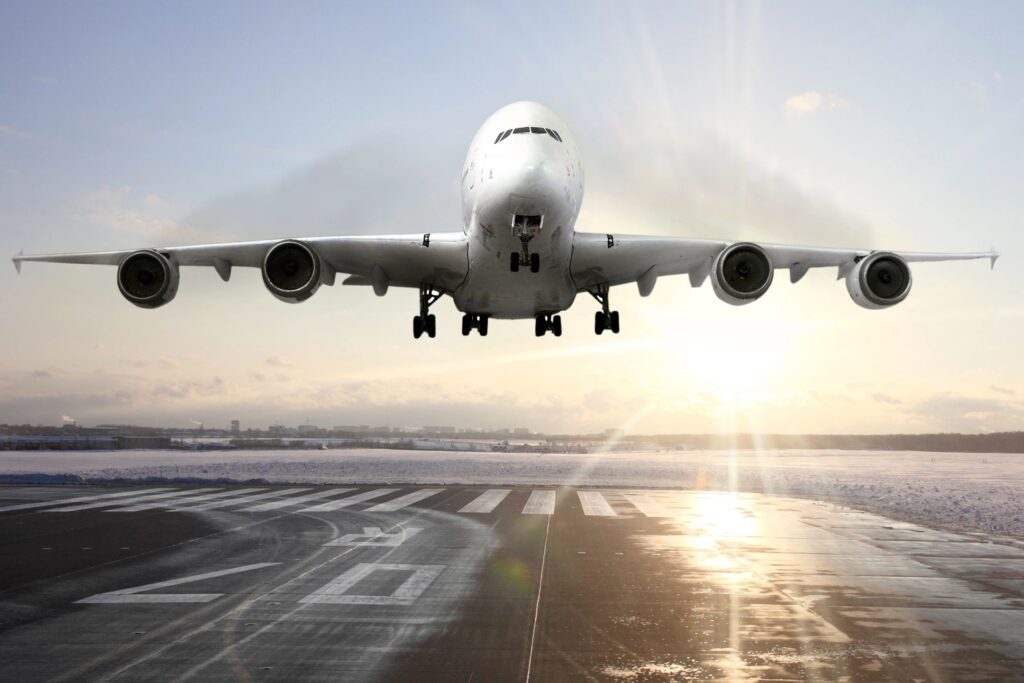Guidelines for Wire and Fuel Compatibility in Harnesses
by Michael Traskos
Whether by design or by accident, some wires in an aircraft will be exposed to jet fuel. Because of this, it is necessary to be prepared and select wires/cable types that will not suffer adverse effects of the exposure. Considering the impact of fuel on wiring is not idle musing about wiring systems; to quote the FAA AC120-97A, “Since 1959, there have been 18 fuel tank explosions on transport category airplanes”.
To help the industry better understand and address the impact, the US Navy spearheaded work on SAE Aerospace Information Report AIR 6820 on “Electrical Wiring Fuel Compatibility”. This report gathered data from several groups and make it available to the industry.
BACKGROUND
As a starting point, the AIR6820 discusses more than which wires are best suited for fuel tank environments and fuel compatibility. The first section of the main body addresses guidance for Electrical Wiring Interconnection Systems (EWIS) installation in and around aircraft fuel tanks. While much of this guidance mirrors the guidance in the AS 50881 standard, some of this guidance comes from the FAA Advisory Circular AC 25.981-1 (two articles on addressing the EWIS requirements of 25.981 #1 and #2). In particular, the ideas that are covered focus on avoiding fuel tank ignition and some of the best practices for wire system design and installation.
One area that is often an area of confusion with fuel tank ignition prevention is the amount of energy necessary to ignite fuel vapor. Section 4.2.4 specifically identifies the minimum ignition energy and an electric spark necessary to ignite fuel vapor is 200 microjoules. Systems with a maximum energy of 20 microjoules are considered acceptable.
The standard goes into several other means of igniting the fuel and fuel vapor including friction sparks, hot surface ignition, and high energy wiring.
FLUID RESISTANCE
For those familiar with AS22759 standard and the wires that are part of this standard fluoropolymer insulated family, may also be aware of the test fluids that are used to ensure compatibility with aircraft installation. In the fluid immersion tests (typically performed in accordance with AS4373 METHOD 601 that identifies 21 different fluids), a short length of wire is submerged (with the open ends of the wire above the fluid) for a defined duration at a given temperature. The test fluid exposure duration to may be as short as half an hour but no longer than one week. Further, the exposure temperature may not be representative of the typical exposure temperature on aircraft. For example, the exposure of wires to turbine fuel is to be done for only 20 hours at about 70°F.
Obviously, part of the reason the fuel is tested at ambient temperature is to make the test accessible to more labs and to avoid possible fluid/vapor ignition that might occur if the fluid is heated. While this limitation is practical from a test perspective, it is not exactly representative of wires with regular exposure to fuel. The fuel may be at elevated temperatures and, over the course of the aircraft life, the wire/cable may be exposed for durations much longer than then tested 20 hours.
(Wire/Cable fluid immersion testing is intended to identify if insulation has rapid degradation to a given fluid. Current test methods do not help to identify the potential impact of long-term exposure.)
RESULTS
Much of the data is presented in the AIR was gathered or generated by the USAF and U.S. Navy Patuxent River NavAir group (Lectromec performed a subset of the work cited in the AIR). The presented data shows results from the evaluation of both virgin and aged wiring. Testing with the aged wire/cable (performed at ambient temperature for 168 hours) found insulation degradation for nearly all wire types. The AIR goes on to caveat these results stating the age of the tested wire/cables, their use in the aircraft, and duration of use is uncertain.
Testing of the virgin samples (submerged in 74oC jet fuel for 60 days) found limited degradation (within the margin of error in most cases). The results do not necessarily mean that degradation did not occur, but that the testing did not capture the insulation degradation if it did happen. In comparison to the aged wiring samples, the virgin samples had limited mechanical handling that might have further weakened the insulation.
CONCLUSION
For those seeking to select wire/cables that will be exposed to fuel, understanding the testing outlined in AIR6820 is important. It covers the work performed by several organizations and highlights what issues may be caused when wiring is exposed to fuel. Ideally, the best solutions would be to avoid fuel exposure altogether, but that is not practical in all cases.
Further, although wire/cables are subjected to material compatibility testing as part of the product qualification, it is important to understand how the component is tested. With some aircraft now using the fuel system as a heat sink, the exposure to high-temperature fuel is becoming a more likely occurrence. If there is a need to test your components and their fluid compatibility, CONTACT LECTROMEC; our ISO 17025 accredited lab is ready to help address any of your EWIS component testing needs.































































